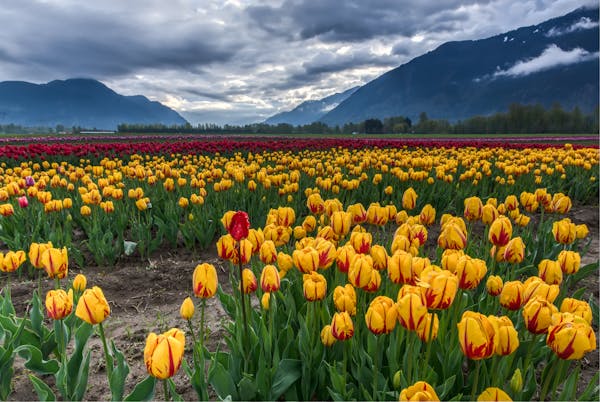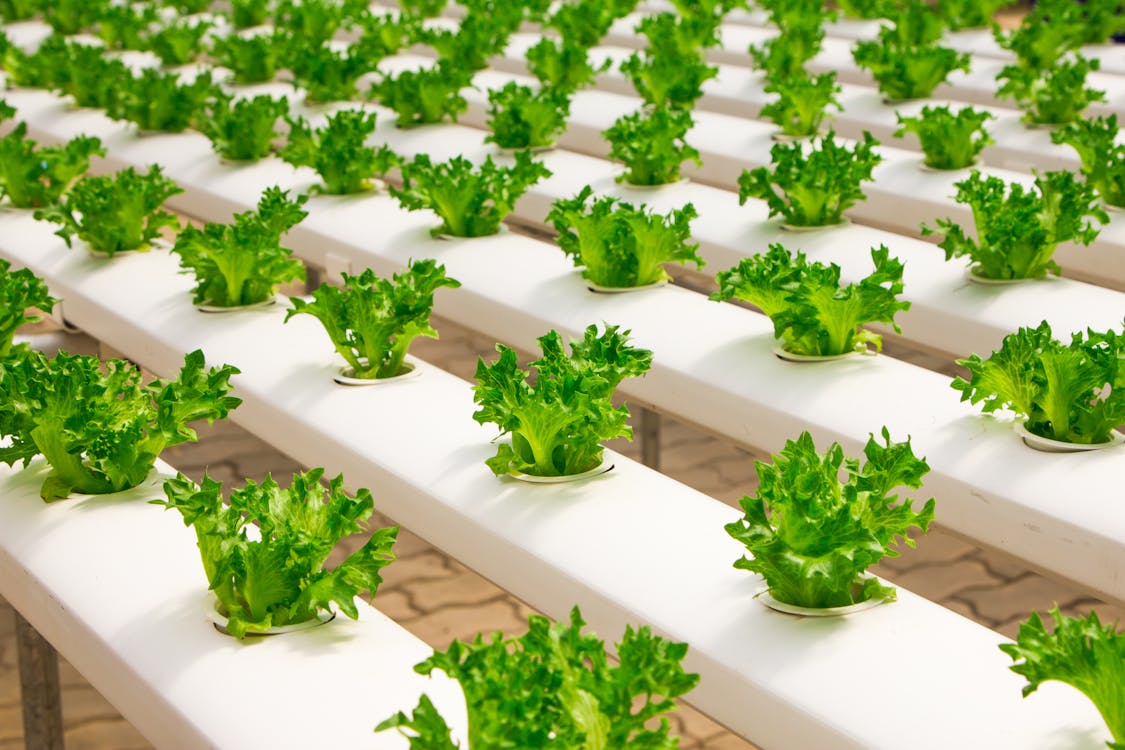In our ongoing journey of "Cultivating Tradition, we leaned about Permaculture where sustainability, tradition, and harmony with nature converge to create a unique way of life. Today we get into the world of horticulture, where the art of gardening is a canvas for social expression.
Horticulture: A Flourishing Tradition
Horticulture is the science and art of growing and cultivating fruits, vegetables, nuts, seeds, herbs, sprouts, mushrooms, algae, flowers, seaweeds, non-food crops such as grass and ornamental trees and plants. It also includes plant conservation, landscape restoration, soil management, landscape and garden design. Horticulturists apply knowledge, skills, and technologies to grow intensively produced plants for human food and non-food uses for personal or social needs. While often overshadowed by its agricultural counterpart, horticulture is a rich tapestry of cultivation practices intertwined with the traditions and rituals of diverse communities around the world.
Horticulture knows no bounds, and it varies from region to region. The lush gardens of Europe, the zen-inspired landscapes of Japan, and the terraced hillsides of the Mediterranean all reflect the unique cultural influences on horticultural practices. These gardens are not just about aesthetics but are also repositories of heritage and wisdom passed down through generations.
The Cultural Significance of Horticulture
One of the most remarkable aspects of horticulture is its close association with cultural rituals and symbolism. Flowers, for instance, play a central role in many ceremonies and traditions. In India, marigolds adorn festivals and religious ceremonies, while cherry blossoms in Japan mark the arrival of spring and the impermanence of life.
Gardens themselves can be expressions of cultural values and beliefs. The classical Persian gardens, with their use of water and geometric design, symbolize paradise on Earth. The traditional English cottage garden is a reflection of simplicity and self-sufficiency. Horticultural traditions like these offer a window into the values and aesthetics of a culture.
Horticulture isn't merely a pastime or an agricultural practice; it's a way to sustain cultural legacies. Heirloom plants and traditional gardening techniques are passed down from generation to generation, ensuring that the essence of a culture lives on in the soil.
Connecting with the Land
In the introduction to our "Cultivating Tradition" series, we promised to bring you closer to the land. Horticulture is a bridge that connects people with the earth, encouraging them to nurture not only the plants but also the customs and rituals that have thrived alongside them. Whether you have a windowsill herb garden or a vast landscape, horticulture offers a connection to land through the very act of tending to the soil and seeing it bloom.
Stay Tuned
Our exploration of horticulture is just the beginning. In the upcoming posts of our "Cultivating Tradition" series, we will take you to different corners of the globe, revealing the fascinating connections between agriculture and civilization. From vineyards in Tuscany to tea plantations in Darjeeling, we'll continue to celebrate the traditions that have grown alongside the land.
Join us on this cultural odyssey as we dig deeper into the roots of the earth and the roots of culture. The next installment of "Cultivating Tradition" will be released on 15th Nov 2023. Subscribe to our blog, follow us on social media, and share your thoughts and suggestions. Together, let's continue to celebrate the rich traditions of the land and the people who tend it.
Thank you for embarking on this journey with us!





